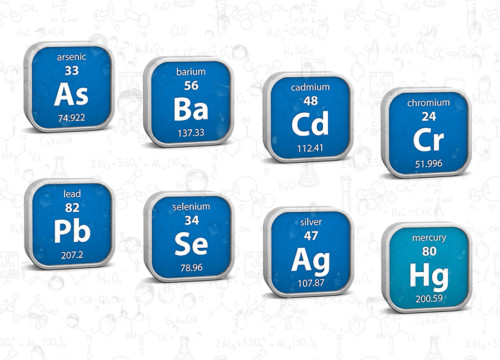Exchangeable Magnesium
The behavior of magnesium in soil is similar to calcium in many ways. However, soil often contains less magnesium relative to calcium. This is because a magnesium ion is not adsorbed as tightly by clay particles and organic colloids. In addition, and in general, the source of magnesium in most parent materials is less than that for calcium. As an exchangeable cation in neutral to slightly acidic soil, magnesium is commonly second in abundance to calcium.
Magnesium, although it is needed in smaller amounts than calcium, is no less indispensable for plants. Magnesium is involved in the synthesis of proteins and oils. Magnesium also activates more essential enzymes required for energy metabolism than does any other mineral nutrient.
Most importantly, however, magnesium is the central core of the chlorophyll molecule in plant tissues and is therefore fundamentally involved in the process of plant photosynthesis. If magnesium is deficient, the shortage of chlorophyll manifests itself in poor and/or stunted plant growth.
Magnesium deficiencies first appear as unusually light green leaves. In coastal areas this occurs because of the acidic conditions which prevail in sandy soil types and is problematic for citrus and vegetable crops. In arid and semi-arid areas which contain large amounts of calcareous nodules, irrigation with water containing bicarbonates or soil high in sodium levels will similarly lead to deficiencies.
Uptake of magnesium by plants increases with increasing pH and reaches an optimum at approximately pH 5.5. When the soil is acidic and low in exchangeable magnesium, the application of dolomitic limestone (i.e. a combination of CaCO3 and MgCO3) broadcast and incorporated before planting, is the most cost effective method of introducing magnesium.
It should be noted that soil which contains excessively high magnesium relative to calcium may suffer from clay dispersion and surface sealing. This is despite the fact that both are divalent cations. The reason for this is due to the slightly larger hydrated radius of magnesium than calcium.
|
Exchangeable |
Unit |
Very low |
Low |
Moderate |
High |
Very High |
|
Magnesium |
cmol(+)/kg |
<0.3 |
0.3-1 |
1-3 |
3-8 |
>8 |



